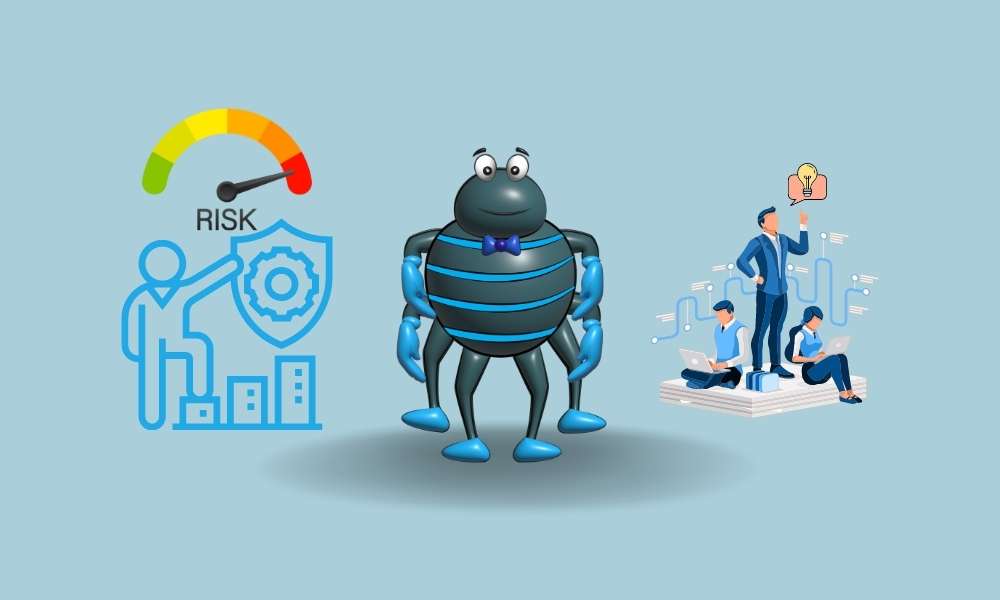
Because this subject is so crucial, I wanted to share it with you in the hopes of reaching as many people as I can. I hope some of it helps. Many people I've seen in recent years have severely wrecked their accounts, losing a ton of money—for some, it was horrifying!
It is difficult to see how these people waste money and put even their own families in peril. To maintain yourself and your life in balance, risk management in trading is crucial. Some people might find this to be quite beneficial, or they might recall these guidelines once more.
As in my book, I'll make it a little shorter here, but the key themes are still covered!
I can't stress this enough: always adhere to your trading guidelines. Trading is a serious and difficult industry; it's not a quick method to get money. Learning takes a long time, it takes a lot of patience, and there will be many failures.
The importance of this failures exceeds that of your accomplishments! Failures will reveal how something won't work, not success.
However, let's discuss risk management.
It is essential to manage each investment with a solid risk/reward distribution since with every trade you make, you assume the risk of losing money. You must keep in mind that the calculated risk/reward is merely an estimate and may turn out very differently. But if you have the right information, you can plan a good entrance for your trades to minimize risk.
Determine crucial levels of support and resistance, and consider every scenario that can occur. What will you do if you are headed for the red or the green? The finest entry and departure points are on which levels.
You may calculate your riks/reward ratio using all of this information.
What is the ratio of risk to reward?
Before entering a transaction, successful day traders typically are aware of both the possible risk and return.
A day trader's objective is to enter into transactions where the potential gain outweighs the potential risk. These transactions are thought to have a favorable risk/reward ratio.
The amount of money you intend to risk vs the amount of money you think you can gain is known as the risk/reward ratio.
For instance, if you predict that a probable deal will bring in either a $400 profit or a $100 loss, the trade would have a good risk/reward ratio of 1:4. On the other hand, if you risk $100 in order to make $100, the deal has a risk/reward ratio of 1:1, giving you chances that are similar to those found in a casino.
Which ratio ought you to want?
Finding transactions with high risk/reward ratios, such as those of 1:2 or higher, will enable you to sustain higher average profits and lower average losses, strengthening the sustainability of your trading approach.
A minimal distribution of a 1:2 ratio is the advice that traders frequently make. In actuality, if you perform technical chart analysis or financial stock analysis, there are frequently even better ratios available.
But if you have to make a loss, what should you do? Our stop loss must be set just below our support level or any other significant levels we previously defined.
To stop losses before they get out of hand is the goal. One of the most difficult things for traders to do consistently is to exit a lost transaction. However, failure to take stops can lead to account blowouts, margin calls, and excessively huge losses.
Consider your size before entering a position to reduce your risk.
In general, you shouldn't risk the money that you need and should only put with your broker what you can afford.
1. You don't put a lot of money at risk, and your stop loss should be tight anyhow.
2. If the price is moving in the opposite way, you can average down, but only if you are confident in your strategy.
3. If the trend is strong and continues moving in the direction you want it to, you can buy the dips or pullbacks.
4. If the price movement is going against you, you can better control your emotions.
Do you need to employ leverage?
Yes, I am aware that using a lot of leverage will result in large profits, but as a novice, you will lack the knowledge necessary to choose which trades have the greatest potential.
Even seasoned traders do not spend the entire fund when taking a position; rather, they use a small amount.
If you employ leverage, your losses may be substantially bigger; but, if you lose money, your leverage will also be significantly reduced, making further losses difficult to recover from.
What is the response to the question of whether leverage should be used?
Take your hands off a big leverage is an easy response for beginners. With that instrument, you could hardly blow yourself up, which is absurd. It will probably take years for you to get back into the profit zone.
However, you must first protect yourself. After some time passes, a period during which you take profits and cut losses, you will gain knowledge to the point where you feel much more at ease on the market and understand how trading actually operates. At that point, you can think about using leverage.
Because I believe many new investors don't realize how essential that topic is, like I said, I only want to explain a few major facts that are clear and understandable.
Enjoy learning and trading while being safe!